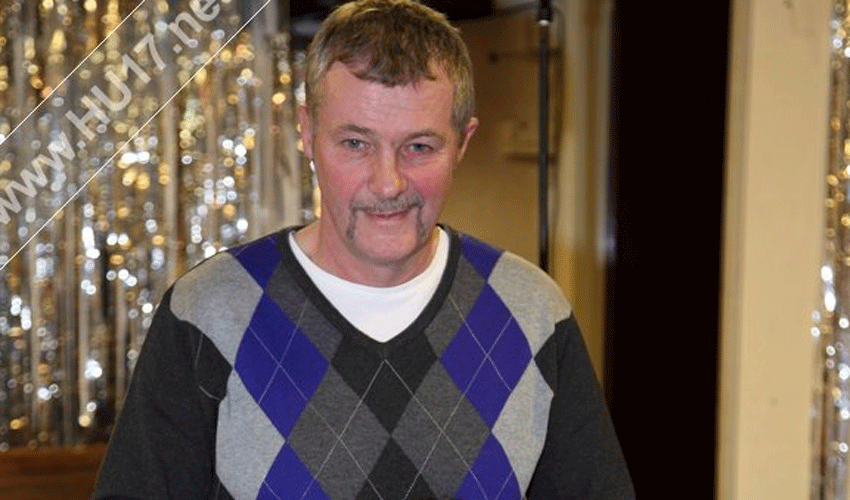
Contractors working on behalf of East Riding of Yorkshire Council have removed 13 sunken vessels from the River Hull, between Tickton and Beverley Beck, during the month of September.
Removing the vessels was an operational requirement of the multi-million-pound River Hull Integrated Catchment Strategy (RHICS), which was adopted by the River Hull Board in July 2015.
The works were funded by the council and the Humber Local Enterprise Partnership, which allocated Local Growth Fund money towards the scheme through the Humber Growth Deal.
RHICS aims to improve the flow of the river.
Sir Greg Knight MP, chair of the River Hull Board, said:
“Completion of this part of the River Hull Integrated Catchment Strategy is welcome news and will help ease the flow of water thanks to the removal of these obstructions.
“In its entirety, RHICS aims to reduce the risk of flooding to our local communities. This is a priority of mine, as a Member of Parliament for the area, and for all of the partners involved in the River Hull Board.”
Councillor Symon Fraser, cabinet portfolio holder for strategic asset management, housing and environment at East Riding of Yorkshire Council, said:
“We would like to thank our contractors for going above and beyond on this project. Not only did they manage to remove the 10 sunken vessels that had been identified, they also removed a further three previously unknown wrecks.
“This has been a complex operation, logistically, and has been well-managed and executed by all of those involved.”
Boat owners who would like more information should contact the Environment Agency, as the permitting authority, for moorings and structures on this section of the river.
As well as the removal of the sunken vessels, RHICS proposes a range of actions that will:
• make “more room” in the River Hull by looking for opportunities to use the tidal surge barrier in different ways to exclude tides during prolonged rainfall. In the longer term, when the barrier has reached the end of its design life it may be replaced by a new or improved structure that deals with both tidal flooding and river flooding
• undertake work at pumping stations at Bransholme, Wilfholme and Hempholme
• reduce risk from the Holderness Drain through storing flood water and making changes to pumping arrangements
• encourage landowners on higher ground to retain surface water on their land through a variety of land management techniques so that it takes longer for rain water to reach the river
• raise banks at low spots on sections of the Beverley and Barmston Drain as well as some of its tributaries.
Video showing 3D model of the sunken boats on the River Hull











